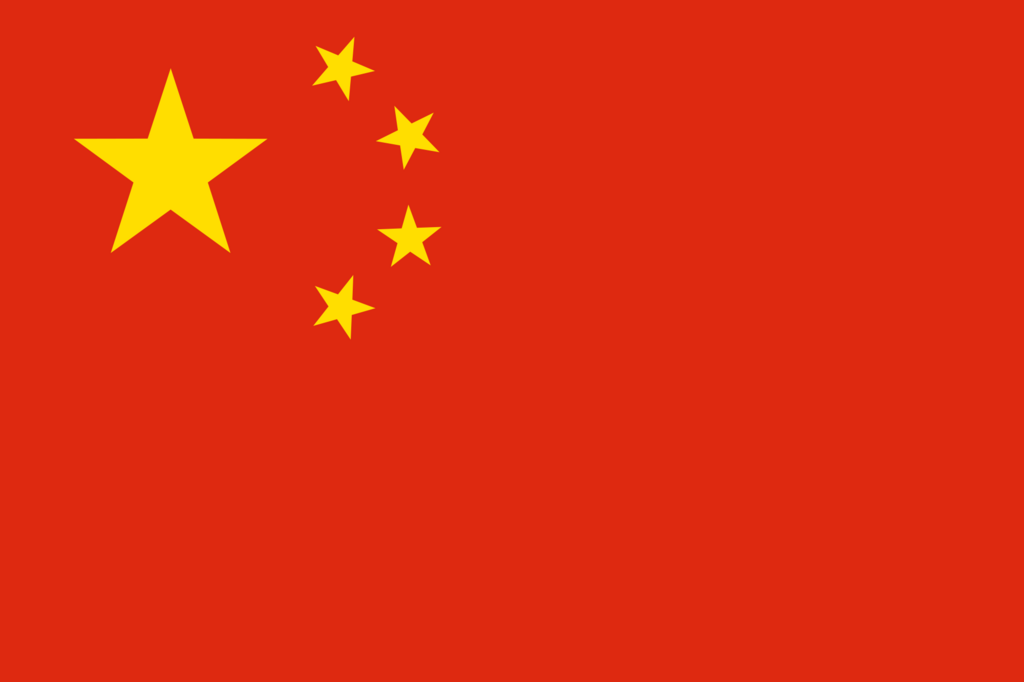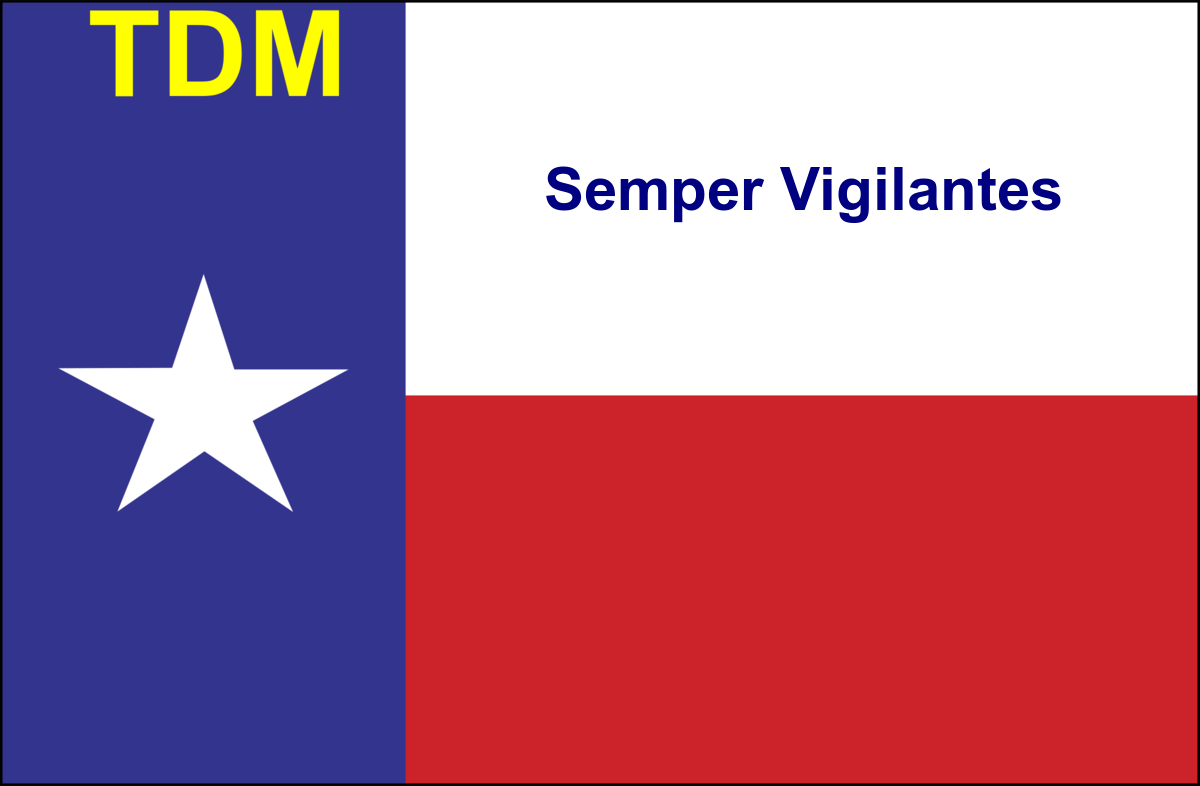China : PLA Modernization - The 1993 Strategic Guideline - Implementation
<< Dallas TX, FEB 7 2024 >> PLA : The 1993 Strategic Guidline - The Implementation NOTE: A large portion of the information in this article comes from a very good book. Active Defense: China’s Military Strategy since 1949. M. Taylor Fravel ,Princeton University Press, 2019. Especially chapters 1,6,7. We here at TDM recommend this book for its very in depth and thorough analyses of PLA Doctrine and its evolution. The Implementation The 1993 Strategic Guideline was accepted during the eighth five year plan and implementation was begun during the ninth five year plan (1996). This again shows the casual pace of reform in the PLA. Operational Doctrine: The 1993 strategy was a MAJOR change in the way China was to fight wars. No Longer the plodding combination of light infantry in mobile and positional defense. No longer taking the first Punch. No longer luring the enemy in deep to surround, attrit, and destroy him. No longer wars fought on the Chinese mainland. Now China would be more offensively oriented. This drastic policy change was not easy, it effectively reversed Mao's “Ten Principles of War” . These 10 principles were the basis of PLA doctrine on using light infantry. Reversing anything Mao proclaimed was always difficult psychologically for the PLA. In 1999, new “Operational Regulations” were introduced force wide to promote the new doctrine. This new doctrine emphasized a weak form of jointness referred to in Chinese as “cooperation”. Note that cooperation is NOT joint. It is not really integrated, its much looser. It is more what the US military would call “force de-confliction”. Basically making sure your air force does not bomb your Army when attacking on the same axis. As we will see, later modifications to the 1993 strategy would attempt more real “jointness”. Another change in concept was that the PLA would now attempt to attack enemy fighting systems,not just attrit enemy units. This seems similar to the western concept of “neutralization”. That is you don’t have to physically destroy a enemy, you can disrupt his logistics, communications, mobility,etc, to render him combat ineffective. A form of “soft-kill”. This new emphasis on neutralization typically requires an increase in high tech weapons and Cyber warfare. Finally, one major change was re introduction of uniformed PLA officers back in to the Central Military Commission (CMC). As mentioned previously, the PLA’s influence in the CMC was advisory the various Leadership Small Groups (LSGs). Now the PLA had direct influence. Force Structure: The easiest component to asses is the PLA force structure changes mandated by the 1993 strategy. These involved large force reductions in all the armed service branches, but hit the Army ground forces the hardest. It should be noted that the PLA already had a head start on this. In 1985 the PLA began reducing its size by a whopping 500,000 men. While not clear, this was probably in response to the decline of the Soviet threat. This reduction was not part of the 1993 strategy and was more in line with simple “down-sizing”. There was no real tactical, organizational or doctrinal shift. As mentioned, the PLA ground forces (Peoples Liberation Army) shouldered the bulk of the cuts. The were smaller cuts to the PLAN (PLA Navy), PLANAF (PLA Air Force), and the Second Artillery (Nuclear Forces). In late 1997 new force cuts were announced. The cuts again amounted to 500,000 people and the restructuring began in 1999. This would take the size of China's military from 3 to 2.5 million people. Of this 500,00 reduction 240,000 light Infantry troops were transferred to the Peoples Armed Police (PAP) for militia type duties. Probably to boost security after Tienanmen. The remaining 260,000 were spread over all the other branches in the following proportion: Army 19% Navy 11% Air Force 13% Second Artillery 3% The emphasis was increasing the quality of manpower and equipment while decreasing the quantity. All branches would increase the amount of high technology in use. All branches would also increase combat readiness. The increase in combat readiness was even pushed harder in the Taiwan Military Region. Also, for the first time Rapid Reaction Groups were created to decrease response times and increase deployability of special units for crisis situations. One byproduct of this downsizing was that many divisions were simply shrunk down to brigades. So the PLA was starting to follow the west into a more brigade (smaller) basic unit of organization. These new brigades also had more organic armor attached, making them more than just the historical PLA foot army. The 9th five year plan also included the creation of a new administrative department. This was called the General Armaments Department (GAD). This was the first new department in the military complex since the 1950s. Its role was to centralize and co ordinate all weapons development and procurement across the many sprawling and dissociated military research academies and production organizations. The goal of this department was to bring “focus” to weapons development and procurement. There were really two main goals for this department. First, develop high tech weaponry. Second promote procurement of locally produced arms to reduce the amount of Soviet/Russian equipment purchased. TDM believes this is one aspect of the 1993 strategy that has been quite successful. This success is often over looked in the west. So the GAD was a very successful part of the 1993 re organization. One down side to the creation of the GAD is it was a big target for corruption, as history would show. Another big impact on PLA force structure was what didn’t happen. After ditching Mao's 10 principles one would have expected the Chinese to also ditch the Regional Command Structures that they created. Curiously, this did not occur. Instead the Military Regions were retained, but reduced in number. Here at TDM we believe this is a critical flaw in the 1993 strategy implementation. Having a modern military force with a clunky, navel gazing regional command structure is a recipe for disappointment. It is not clear why this was done. Some speculate that some powerful Party leaders got their start and career advancements in the Regional Commands and were nostalgic. It is still not clear why this decision was made. This regional orientation means standards and readiness are uneven through out the PLA. It also means units from one one region may have trouble operating from units with another. Regional mentality also allows formation of local “mafias” for corruption. Was this keeping the Regional Military district structure a mistake. Only time will tell. Training: As mentioned earlier, in late 1995 new “Operational Regulations” issued to the force. This was the first military wide training program. Previously, all training was by individual service branch. In addition to a more standardized curricula, a new emphasis was placed on military exercises. One big change was that the results of military exercises were to be reviewed and scored. This was a big change in conduct. The new military training and exercises emphasized more co ordination and jointness. In March, 1996 the PLA held its first real joint operations in the Taiwan Military Region. This exercise was a sea change in in PLA operations. It is is still not clear to TDM how realistic these exercises are. Authoritarian regimes don’t like to lose, even in training. The need to always report “success” is endemic in these systems. Are the Op Forces in these exercises really free to spoil the PLA plans, or are the results just staged. At TDM we suspect the latter. These war games do exercise the force structure and logistics though. Just the ability to move a brigade from point A to point B in time T is an important capability. The issue of the realism of PLA military exercises is worthy of future TDM articles. Modifications to the 1993 Strategic Guideline. There were 2 adjustments to the 1993 Strategy. In 2004 and 2014. Both of these are considered fine tuning of the basic 1993 Strategy. The 2004 Strategy included another round of force reductions. This fell almost entirely on the ground forces. The reductions were another 200,000 personnel. Most of these reductions were in the headquarters and administrative staffs. This appears an attempt to increase the “tooth to tail” ratio of actual fighters to support staff. The 2004 Strategic Guideline also looked at deepening service branch jointness. This is reflected in PLA doctrine by more references to “jointness” versus “coordinated”. Implying an attempt at deeper integration. The 2014 Strategic Guideline was more of the same. More jointness, more technology. More cuts, this time around 300,000 personnel. The seven Miltary regions were consolidated into 5 larger theater commands. Its not clear this consolidation really improved command and control. The PLA also began its first “inter-theater” exercises. This is important as it would allow one theater to support another in a crisis. The 2014 strategy also saw a further streamlining of military administration by breaking larger agencies in to smaller more focused groups. One important change was the promotion of the Second Artillery Division (Nuclear Forces) into a separate branch. This makes some sense as the PLA chain of command never controlled it anyway. It reports directly to the party. A new Cyber and Space support group was also created. This indicates the Chinese are very aware of the importance of this battle space. Finally, there was new emphasis on the Maritime Domain. This applies to Taiwan, South China Sea, protecting Sea Lines Of Communication (SLOC) from the middle east. This shows China is quite aware of its strategic vulnerability in this area. Conclusion The implementation of the 1993 Strategic Guideline was glacially slow and very uneven. Force reductions were made, new platforms purchased, and some marginal doctrinal changes were implemented. The continuation of the Military Regional command structure is still problematic. Also internal resistance to change is powerful in the PLA. Even Xi JinPing himself has talked of many still existing “deep seated contradictions” in the PLA. We couldn’t have said it better ourselves. One final thought is the absolutely reactive posture of PLA modernization and its glacial pace. China is always slowly adapting to new forms of warfare. There will probably never be a revolution in Military Affairs sourcing from China. References Fravel, M. Taylor. Active Defense: China’s Military Strategy since 1949. Princeton University Press, 2019. Saunders, Phillip C., and Andrew Scobell. PLA Influence on China’s National Security Policymaking. Stanford Security Studies, an Imprint of Stanford University Press, 2015. Cooper; III, Cortez A. PLA Military Modernization: Drivers, Force ... - Rand Corporation, the RAND Corporation, www.rand.org/content/dam/rand/pubs/testimonies/CT400/CT488/RAND_CT488.pdf. Accessed 24 Oct. 2023.

